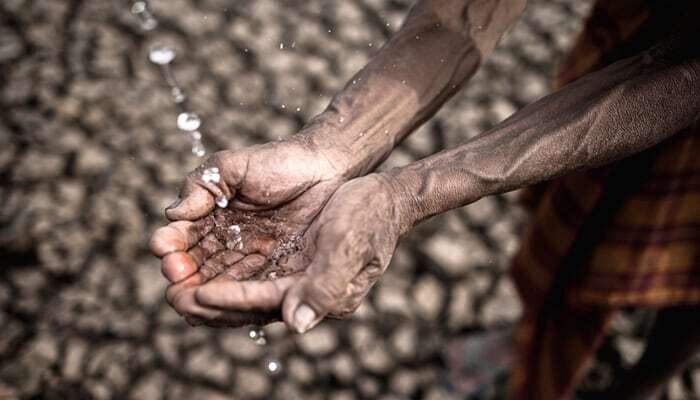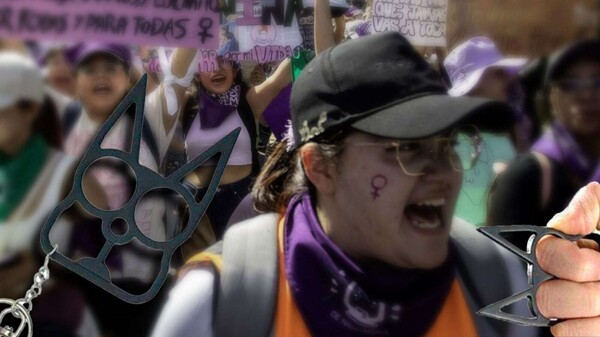
According to the National Survey on Health and Nutrition (Ensatu) conducted by Inegi, 16.1% of households in Mexico experience moderate or severe water insecurity. This means that more than one in seven households in the country cannot meet their basic needs for cooking, drinking, or washing hands. This data comes from a report by the Institute for Research on Development with Equity (EQUIDE) of the Ibero-American University in collaboration with the National Institute of Public Health, Northwestern University, and McGill University.
The percentage of households affected by water insecurity is significantly higher than the 3.9% reported by the traditional water access indicator, which only considers the lack of piped water in the home or on the property. Some of the entities with the most significant problems are Guerrero (30.6%), Baja California Sur (29%), State of Mexico (23.3%), Hidalgo (23.3%), and Aguascalientes (23.1%). On the other hand, entities like Yucatán (3.9%), Chihuahua (7.3%), Guanajuato (8.1%), Colima (8.3%), and Coahuila (9.4%) report less insecurity in this aspect.
Despite the Federal Government presenting the National Water Plan 2020-2030 in December 2024 with the goal of guaranteeing the human right to water in sufficient quantity and quality, the report highlights the lack of clear indicators to measure the success of this guarantee by 2030.
Water insecurity is defined as the inability to access and use water reliably to meet basic human needs, including drinking, cooking, and bathing. This issue may be related to the availability, accessibility, quality, or stability of the water supply. It is necessary to deepen research at the municipal and city level to design more effective public policies and adequately address the water crisis.














